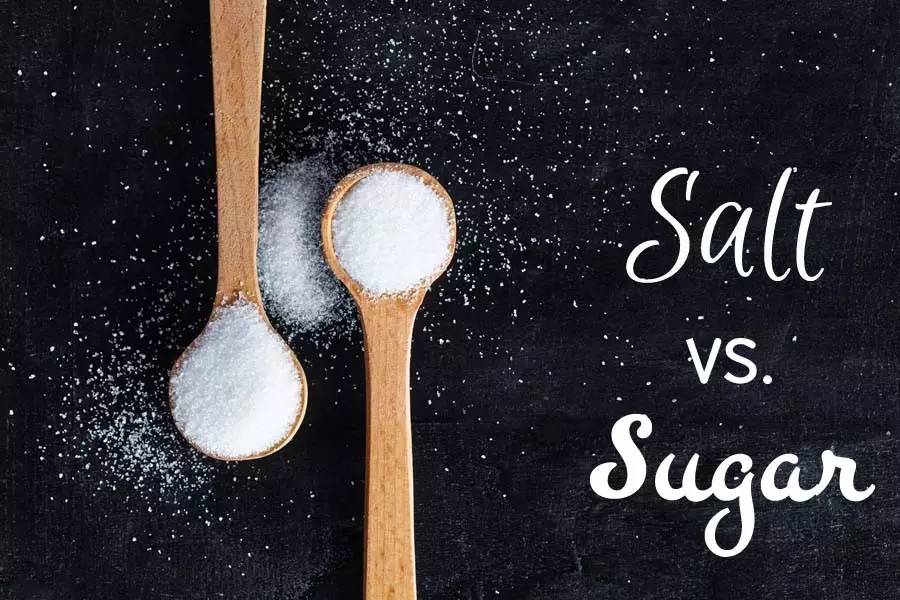
Life question: why is there a substitute for sugar, but not a substitute for salt?
It's not easy to be low in salt and taste enough.
Sugar and salt are the main flavors for food, but they are becoming less and less popular-there is a growing awareness that eating too much sugar and salt is bad for your health.
now, there are many sugar substitutes on the market. They also taste sweet, but they are not as high in calories as sugar and easy to cause tooth decay. There are quite a few varieties of sugar substitutes, such as xylitol, stevioside, sucralose.
but salt is different, and now there is no place to buy "substitute salt". Why?
to explain this, we should talk about the difference between sugar and salt, as well as the difference between sweet and salty taste receptors.
it is the sugar molecules (the simpler sugars) that produce sweetness, and it activates the sweetness receptor by binding to several surface sites of the receptor. The idea of manufacturing sugar substitute is mainly to imitate the structure and sites of sugar molecules. Sugar molecules are organic compounds, which are composed of N atoms, and there is relatively room for modification in structure. And because it is a surface binding, so the size of the molecule is not so strict, as long as the corresponding sites match, it is more likely to stimulate sweetness.
sucralose (top) is a typical imitation of the chemical structure of sucrose (bottom). They look very much alike but have a different salty taste. The salty taste receptor is actually a sodium channel through which ionized sodium ions from table salt are activated. And sodium ion is very difficult to make artificial copies, it is a single atom lost electrons to become ions, there is really no room to modify the structure. Moreover, ion channels are very picky about the charge and size of ions.
A schematic diagram of various taste receptors, the two on the left are salt and acid receptors, which recognize sodium ions and hydrogen ions, respectively.
Dress dramatic in our collection of white high low dresses. There are benefits buying from our online shop.
the only thing that is closer to the "substitute salt" is potassium chloride, which tastes salty, and its properties are similar to sodium ions in other aspects. About 30% potassium chloride is added to low-sodium salts, but this is far from a perfect substitute: potash is not as salty as sodium, has a bitter aftertaste, and is much more expensive than sodium.
what should I do? In fact, food companies have also come up with some interesting tricks. For example, change the size and shape of salt particles. Foods such as potato chips and French fries are seasoned by sprinkling solid salt directly on it, which is not tasted until it is dissolved and ionized by saliva. If the particle size of the salt is reduced, or made into a special shape to increase the surface area, it can promote dissolution and make the tongue feel more salty in a short period of time, so that the actual amount of salt can be reduced.